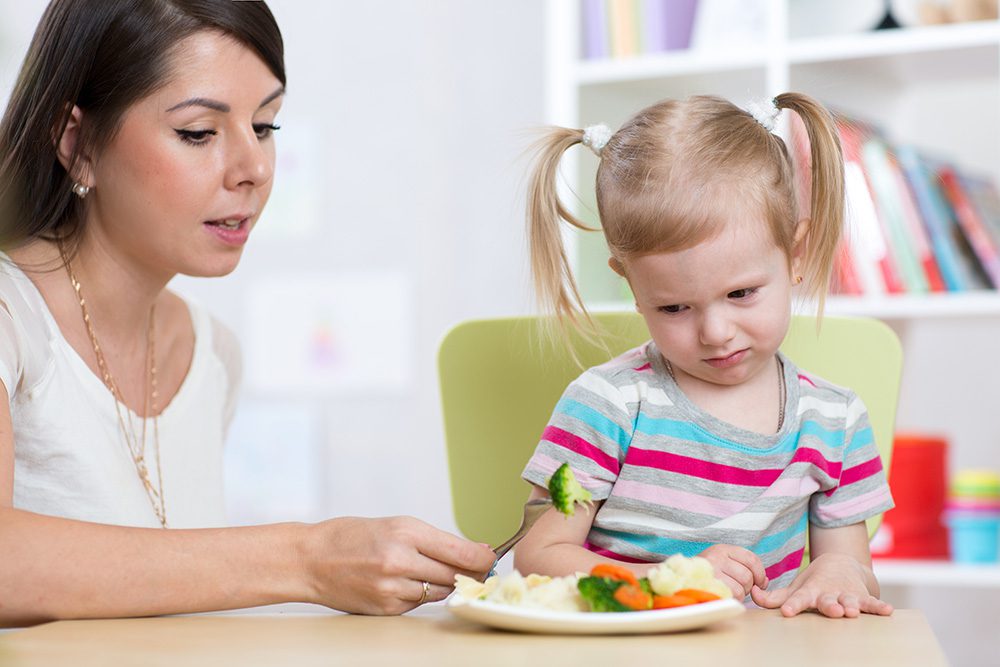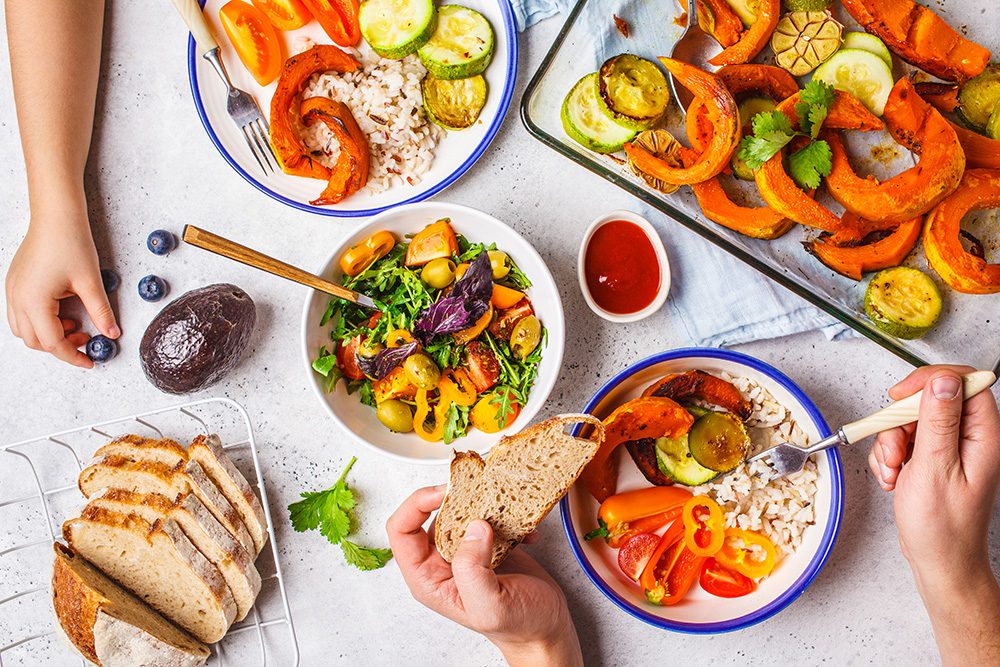
When it comes to nutrition, kids are a vulnerable demographic. In the past year, I have seen a rise in childhood obesity, likely due to the onset of COVID-19. With the implementation of previous lockdowns and several other restrictions, there has been a prevalence of a more sedentary lifestyle associated with the use of more devices i.e. iPads, computer games and long hours of watching the television.
Obesity in children is one of the most important health challenges of our time, with increasing prevalence in the past 20-30 years. Even in little kids, we have started to see compromised blood profiles, higher blood pressure, elevated blood glucose, type 2 diabetes, fatty liver and psychosocial problems i.e., behaviour issues, depression. These negative health consequences lead to the risk of ongoing obesity in later life associated with many other co-morbidities and hormonal issues. Let’s face it, it’s a stressful world for our kids and most kids will choose foods based on preference rather than nutritional quality. Appropriate strategies coupled with effective treatments and prevention, can play a huge role in the maintenance of health.
Diet plays a huge role in mitigating the negative health consequences of inadequate nutrition and oftentimes, kids will model what their parents eat. Given this notion, it’s important to make changes not only for the child, but to eat well as a family. Environmental, social factors and mental and emotional states play a vital role in the intake of food so it’s important to talk to your child about their environment so that you can manipulate their food intake to where they feel good about themselves and also feel accepted. Research shows that eating habits developed as a young kid mirror into adulthood and so it’s important to set good healthy eating habits from the very beginning. But fret not, regardless of whether you have a young one or a teenager, there are a few simple and sustainable ways to get your child to eat healthy:

Make it a family effort and get them involved
I often tell my clients that Nutrition isn’t just about food or a certain dietary model. It’s a lifestyle overhaul and many different factors come into play. If there is a demand to make dietary changes for one child, accept it as a family and make it sustainable for everyone. The chances of your child succeeding in making new changes are highly likely when he/she sees their parents and siblings eating the same food. I believe that the community feel is important for the child to feel accepted and dwell into good eating habits. Behaviour change in the space of health and wellness comes when you change the environment around you. Whether it’s just eating as a family or cooking, get the kids involved as much as possible. Ask them to chop the onion or ask them to make a simple salad by breaking apart a few lettuce leaves, and chopping in some simple vegetables. Engage them in the colours, smells, textures. This not only will help them eat healthier, it will stimulate digestive juices which indirectly helps them digest food better and will enable them to stay full for longer.
Cook from scratch as much as possible
In today’s fast paced world, processed foods can be a quick and easy fix for your child. However, relying on these processed foods sets up a whole new dimension of issues such as malnutrition and inadequate fibre intake to feed our gut microbiome. We know that processed foods are mainly devoid of fibre and it’s much better to grab an apple or a handful of nuts than a bag of potato chips. We know that fresh wholesome foods feed our gut microbiome which is vital to our well-being. Feeding our gut microbiome with a diverse array of fruits and vegetables will help ensure that we are extracting nutrients from our food, enabling good absorption and allowing adequate detoxification from pesticides and other harmful substances. We know that there are certain micronutrients which are important for a growing child such as calcium, vitamin A, thiamine and riboflavin and thus, these micronutrients will be better absorbed in the form of real, whole foods.

Focus on eating slow and relishing your meals
We know through research that digestion starts in the brain. It’s called the “Cephalic” phase of digestion and this triggers the release of digestive juices and enzymes in the mouth which increase the surface area of where the enzymes can act upon. Kids should relish every bite of their food and shouldn’t be rushed through their meals, which may often create a state of overconsumption of food. This is not only vital for their digestion but it’ll keep the microbiome balanced as releasing adequate amounts of hydrochloric acid, bile and pancreatic enzymes is vital in keeping a healthy microbiome. When food isn’t digested well, it will have downstream implications on your gut and may create a state of dysbiosis, where there is a perturbation of healthy bacteria versus bad. Eating slowly also signals the brain and lets you know when you are full.

Eating the rainbow by incorporating colour
In nutritional therapy, we often tell our client’s to “eat the rainbow”. We encourage diversity in meals, colors, vegetables and fruits. The more diverse your diet, the more diverse your microbiome, which is what we strive for. Dietary polyphenols and phytochemicals found in fruits and vegetables, exert anti-inflammatory and antioxidant properties which not only reduce inflammation, but they have the ability to change gene expression in a positive manner which exerts beneficial effects on the body. Color is not only important to our body, but also to the visual eye. Kids are more likely to eat their meals where there is color involved. I often ask children to count the colors of the rainbow and ensure that they have incorporated them all. Occasionally I’ll ask children to draw their meals so that they can keep track of what they are eating. Eating a whole host of colors will also provide your child with a full spectrum of vitamins and minerals needed for development. A less recognized aspect to increased color intake is that it’s consumption is associated with happiness, life satisfaction and overall well-being.
Prioritizing sleep
Numerous studies suggest a link between reduced nocturnal sleep and an increased Body Mass Index and fat percentage. Sleep deprivation also affects decision making so whilst there are healthier options around, your child may lean towards only eating carbohydrates or leaning towards something sweet. The disbalance with sleep loss and hunger regulation comes mainly from the regulation of two key hormones, being ghrelin and leptin. Sleep deprivation causes an increase in ghrelin, which is our hunger hormone resulting in increased food intake. On the other hand, sleep deprivation also lowers the body’s leptin levels, which is our satiety hormone so children aren’t sensitive to the feeling of being full. Getting adequate amounts of sleep will allow for your kids to make wiser decisions with their food intake.
